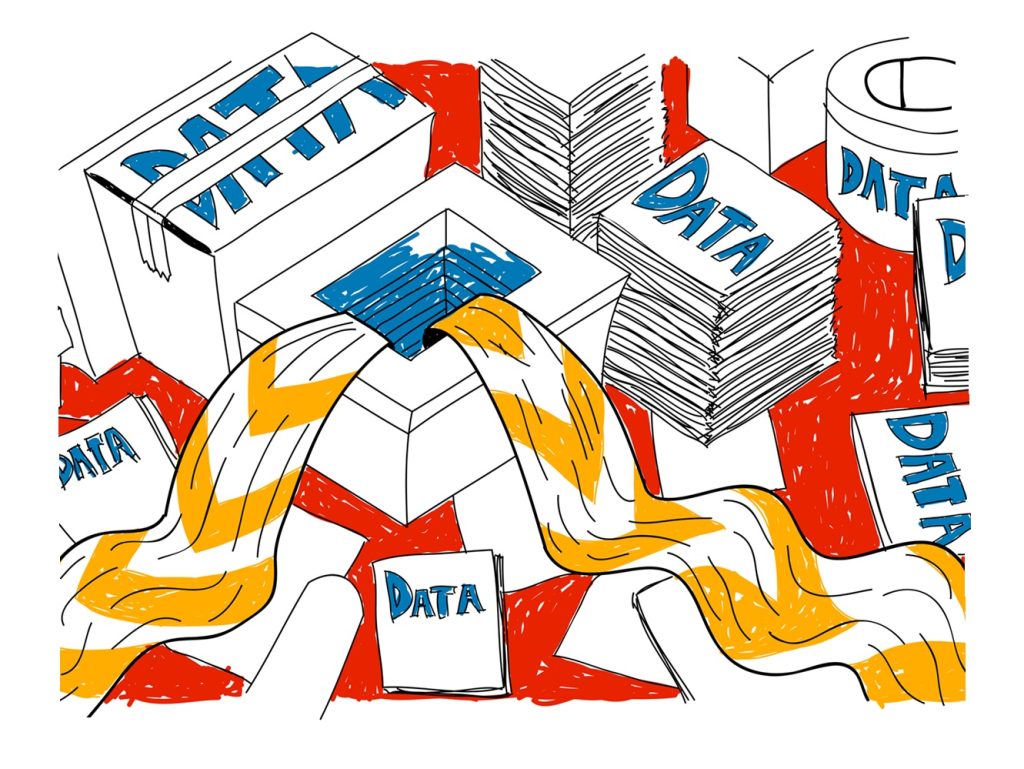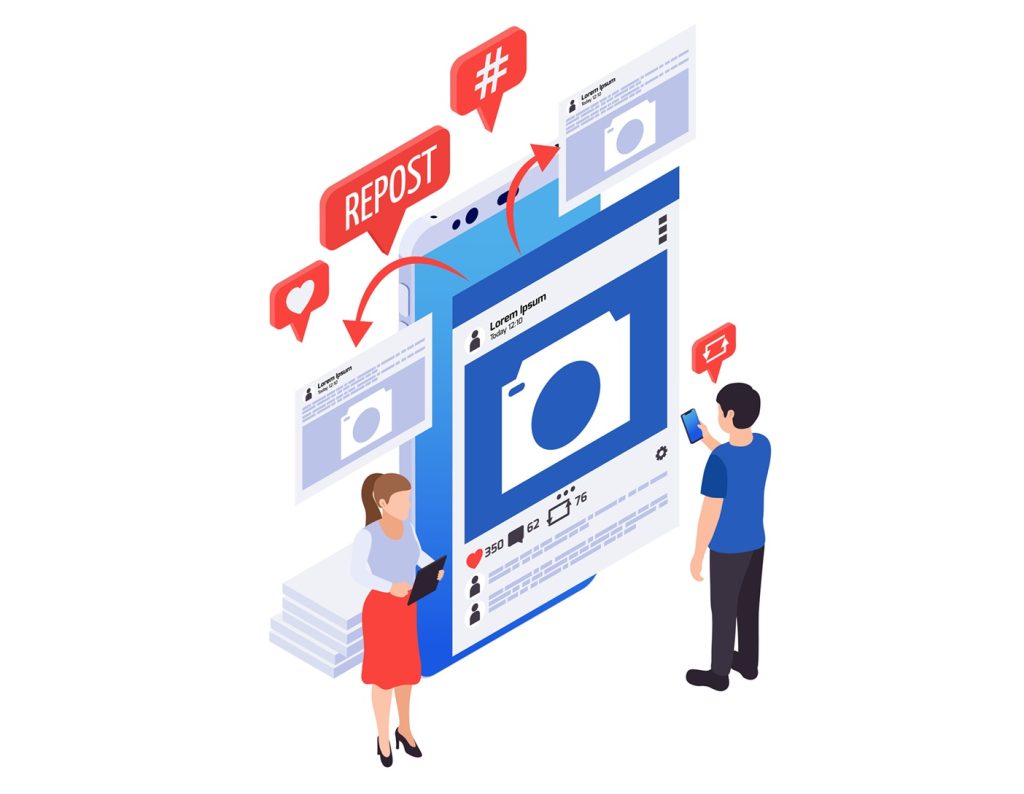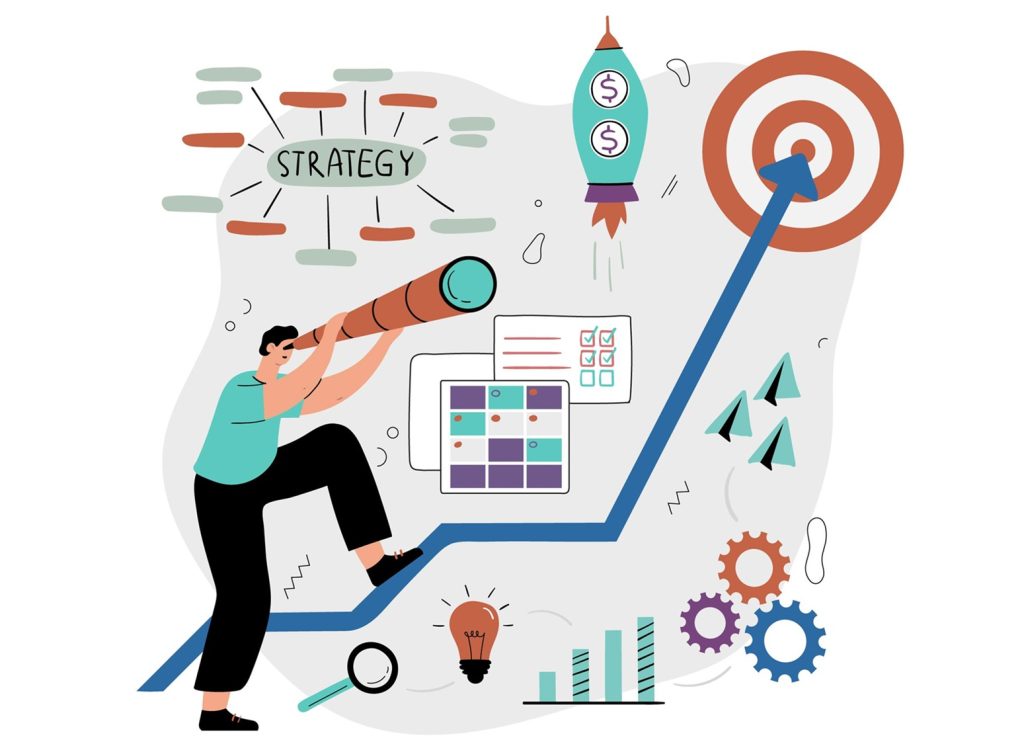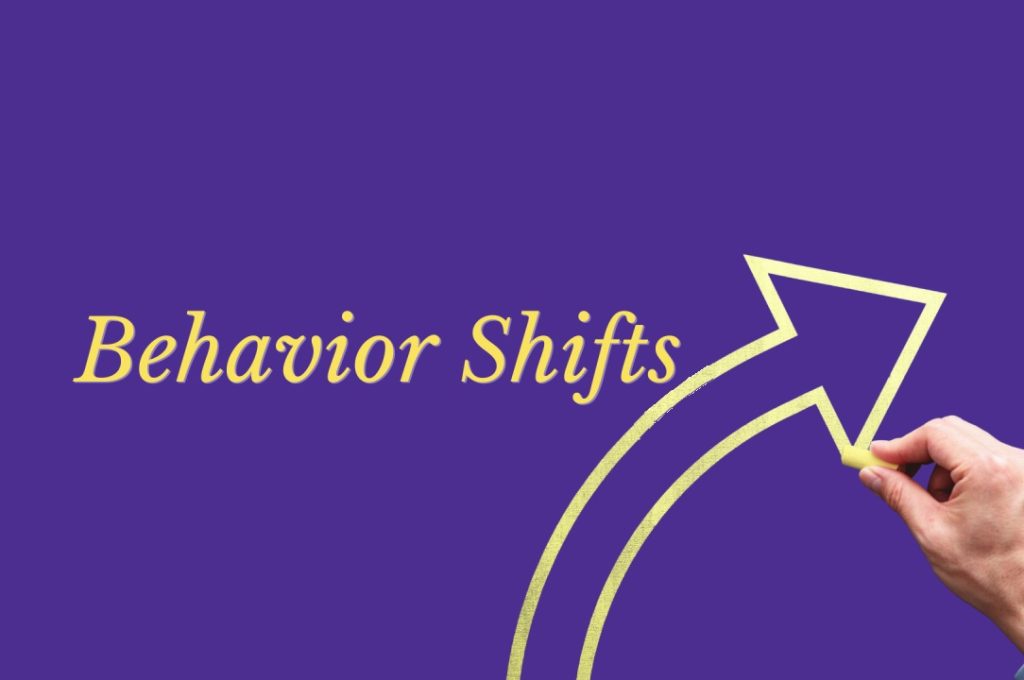Early Signs of Community Drift on Instagram

Community drift occurs when your audience gradually becomes misaligned with your content and goals. This subtle process happens over months as your community composition shifts without deliberate intention. Moreover, drift often goes unnoticed until serious engagement problems emerge that damage growth. Understanding this phenomenon helps creators maintain healthy, engaged communities that support long-term success. Additionally, recognizing drift early enables corrective action before irreversible damage occurs. Consequently, monitoring for signs of community drift on Instagram becomes essential for sustainable creator careers. Therefore, vigilant community stewardship prevents the slow erosion of everything you’ve built.
Understanding Community Drift and Its Core Mechanics
Community drift represents the gradual misalignment between your audience and your content purpose. Initially, your followers share interests, values, and expectations that match your offerings. However, various forces gradually change your community composition over time without conscious direction. Furthermore, viral content often attracts audiences seeking that specific content type repeatedly. Additionally, algorithmic distribution can expose your account to increasingly misaligned viewers. Consequently, your community slowly transforms into something different from what you intended building.
The drift process accelerates when creators chase engagement metrics without strategic consideration. A single viral post attracts thousands of new followers expecting similar content. Meanwhile, your existing community followed you for completely different reasons originally. Furthermore, serving the new audience alienates original followers who feel abandoned. Additionally, attempting to please everyone results in diluted content satisfying no one. Therefore, short-term viral success often triggers long-term community drift. Moreover, signs of community drift on Instagram frequently follow unexpected viral moments.
Drift differs fundamentally from intentional community evolution and strategic pivots. Strategic evolution involves deliberately guiding your audience toward new directions transparently. Furthermore, intentional pivots communicate changes and accept follower loss as necessary. Additionally, evolution maintains core values while expanding or refining focus areas. Consequently, strategic change strengthens rather than fragments communities. Meanwhile, drift happens unconsciously without clear direction or communication. Your community drifts when external forces guide composition rather than deliberate strategy.
Multiple simultaneous drift vectors can pull communities in contradictory directions simultaneously. Viral content may attract one demographic while collaborations attract another completely. Furthermore, trending topic participation exposes you to audiences outside your niche. Additionally, algorithm changes might surface your content to unexpected viewer segments. Therefore, drift rarely follows single trajectories but instead creates fragmented, incoherent communities. Moreover, early signs of community drift include increasing audience heterogeneity.
Engagement Pattern Changes as Early Signs of Drift
Declining engagement rates despite stable or growing follower counts signal community misalignment. New followers from viral posts don’t engage with your regular content consistently. Furthermore, they dilute engagement percentages even as absolute numbers remain constant. Additionally, these followers may never have intended long-term following originally. Consequently, follower growth without proportional engagement increase indicates drift. Moreover, signs of community drift on Instagram appear clearly in engagement analytics.
Comment quality deterioration reveals audience composition changes more than quantity alone. Generic comments like “nice post” replace substantive discussion and questions. Furthermore, spam or promotional comments increase when low-quality followers dominate. Additionally, relevant conversation decreases as aligned community members become proportionally smaller. Therefore, monitor comment substance rather than just comment counts. Subsequently, conversational depth serves as early drift indicator.
Stories view percentages dropping relative to follower count demonstrate weakening connection. Engaged communities watch Stories reliably because they care about your daily activities. Meanwhile, misaligned followers ignore Stories completely since they followed for different reasons. Furthermore, Stories views reflect genuine interest better than feed post engagement. Additionally, declining Stories view rates indicate growing audience apathy toward you personally. Consequently, Stories metrics reveal signs of community drift on Instagram particularly well.
Save and share rates declining suggests content no longer resonates deeply with audiences. These high-intent actions indicate content your audience values enough to revisit or recommend. Furthermore, decreasing saves signals that content feels less personally relevant to followers. Additionally, reduced sharing suggests content no longer aligns with follower identities strongly. Therefore, saves and shares measure community alignment better than passive metrics. Your audience’s willingness to vouch for content reveals relationship strength.
Content Response Disparities as Warning Signs
Inconsistent performance across similar content types indicates fragmented audience expectations. Educational posts perform well one week but poorly the next without apparent reason. Furthermore, personal content generates wildly varying engagement despite similar quality and format. Additionally, certain topics resonate strongly while related subjects receive minimal response. Consequently, unpredictable performance suggests your community wants different things simultaneously. Moreover, early signs of drift include increasing content performance unpredictability.
- New followers engaging only with specific content types rather than your full range
They comment actively on trending content but ignore your core educational posts. Furthermore, they save viral entertainment pieces but skip valuable tutorial content. Additionally, this selective engagement reveals they followed for wrong reasons originally. Therefore, analyze engagement patterns across different content categories systematically. Subsequently, category-specific engagement disparities signal growing community misalignment.
- Long-term followers expressing confusion or disappointment about content direction changes
Loyal community members comment that your content “feels different lately” or question new directions. Furthermore, they reminisce about “how things used to be” in comments increasingly. Additionally, some explicitly state they miss your original content style or topics. Consequently, longtime follower feedback provides direct drift evidence. Moreover, signs of community drift on Instagram include explicit community concern.
- Increasing content requests that contradict your expertise or brand positioning completely
Followers ask for content types entirely outside your established niche or skills. Furthermore, these requests suggest audience expectations have become severely misaligned. Additionally, attempting to fulfill misaligned requests accelerates drift further. Therefore, monitoring request themes reveals whether your community understands your purpose. Your audience should request content that aligns with your expertise and positioning.
Demographic and Psychographic Shifts Indicating Drift
Follower demographic changes visible in Analytics indicate audience composition transformation. Your previously female-dominated audience becomes increasingly male without strategic explanation. Furthermore, age distributions shift dramatically as younger or older followers dominate. Additionally, geographic concentrations change as international audiences replace local ones. Consequently, demographic shifts require investigation into what content attracted new segments. Moreover, warning signs include unexplained demographic transformations.
Follower source data revealing unexpected discovery pathways suggests algorithmic drift. Most new followers arrive from explore page rather than intentional searches. Furthermore, they discover you through viral content unrepresentative of your typical posts. Additionally, hashtag sources shift toward generic tags rather than niche community hashtags. Therefore, acquisition channel changes indicate who finds you and why. Subsequently, signs of community drift on Instagram appear in follower source analytics.
Community values and priorities shifting as evidenced by poll and question responses. Your audience increasingly cares about different issues than your original community prioritized. Furthermore, their concerns and questions diverge from topics you intended addressing. Additionally, value misalignment creates frustration as you cannot serve everyone simultaneously. Consequently, regular community surveys reveal whether drift is occurring gradually. Moreover, psychographic monitoring prevents values-based community fragmentation.
Language and communication style preferences changing in audience interactions with you. Followers respond better to different tones than what originally attracted your community. Furthermore, humor styles that once resonated now generate confusion or offense. Additionally, formality expectations shift as new audience segments with different preferences arrive. Therefore, communication effectiveness changes signal audience composition transformation. Your community’s communication preferences should remain relatively stable without drift.
Monetization Performance Declines as Early Signs
Conversion rates decreasing despite stable or growing audience size indicates alignment problems. More followers should increase sales if community composition remains consistent. Furthermore, declining conversions suggest new followers lack purchasing intent or ability. Additionally, misaligned audiences don’t value your offerings regardless of size. Consequently, monetization metrics reveal community quality better than vanity metrics. Moreover, early signs of drift appear in conversion and sales data.
Product or service feedback becoming more negative or confused suggests audience mismatch. Customers complain that offerings don’t match their expectations or needs. Furthermore, refund requests increase as misaligned buyers regret purchases. Additionally, testimonials become less enthusiastic as customer alignment decreases. Therefore, customer satisfaction metrics indicate whether your community wants what you offer. Subsequently, signs of community drift on Instagram include deteriorating customer experience.
Partnership opportunities shifting toward brands misaligned with your original positioning. Companies approach you for collaborations that feel wrong for your brand. Furthermore, aligned brands stop reaching out as your community appears less relevant. Additionally, partnership performance declines as audiences don’t respond to sponsored content. Consequently, brand partnership quality and quantity signal community composition changes. Your partnership ecosystem reflects how outsiders perceive your community.
Affiliate income declining despite maintaining consistent promotion frequency and quality. Previously reliable affiliate recommendations stop converting as effectively. Furthermore, products your audience once purchased enthusiastically now generate minimal sales. Additionally, new affiliate attempts fail completely despite thorough promotion. Therefore, affiliate performance reveals whether your audience trusts your recommendations still. Moreover, declining affiliate conversions indicate weakening influence and alignment.
Community Behavior and Culture Changes Showing Warning Signs
Decreased community interaction among members signals weakening collective identity and cohesion. Followers stop responding to each other in comments like they previously did. Furthermore, community inside jokes and shared language disappear from discussions. Additionally, members stop recognizing each other or building peer relationships. Consequently, your community becomes a collection of individuals rather than a connected group. Moreover, warning signs include diminishing community-to-community interaction.
Increased negativity or conflict in comments suggests values misalignment among followers. Different audience segments argue about topics in your comment sections. Furthermore, political or cultural disagreements emerge where previously none existed. Additionally, your attempts at addressing everyone please no one and generate backlash. Therefore, rising community conflict indicates incompatible audiences forced together. Subsequently, signs of community drift on Instagram include increased internal tension.
Follower churn rates increasing even as total follower count grows steadily. More people unfollow after initially following than in previous periods. Furthermore, longtime followers leave as new followers arrive continuously. Additionally, this turnover prevents relationship deepening and community stability. Consequently, high churn indicates followers discover misalignment quickly after following. Your community should demonstrate stability rather than constant turnover.
Community evangelism decreasing as fewer followers actively recommend you to others. Organic mentions and tags from excited followers become increasingly rare. Furthermore, user-generated content featuring or crediting you declines noticeably. Additionally, followers stop bringing friends or family into your community enthusiastically. Therefore, evangelism levels indicate genuine community satisfaction and alignment. Moreover, early signs of drift include reduced organic advocacy.
Strategic Response to Identified Community Drift
Pause growth-focused tactics to assess and stabilize your existing community composition. Stop chasing viral content that attracts misaligned audiences temporarily. Furthermore, focus exclusively on content serving your core community and purpose. Additionally, accept slower growth as necessary for maintaining community quality. Consequently, deliberate growth slowdown prevents drift acceleration while you diagnose problems. Moreover, signs of community drift on Instagram require immediate strategic response.
Communicate transparently with your community about your purpose and direction clearly. Explicitly state what your account is about and who you serve. Furthermore, clarify what content types you will and won’t create moving forward. Additionally, give permission for misaligned followers to unfollow without guilt. Therefore, clear communication helps misaligned followers self-select out gracefully. Subsequently, transparency accelerates community realignment toward your actual purpose.
Audit recent content to identify what attracted misaligned audience segments specifically. Determine which posts, collaborations, or trends brought problematic follower influxes. Furthermore, analyze what those pieces communicated that misrepresented your actual brand. Additionally, commit to avoiding similar content that attracts wrong audiences. Consequently, content audits reveal drift causes that you can eliminate going forward. Your content choices directly determine who follows you.
Double down on core content that serves your intended audience exclusively. Create content that appeals specifically to your ideal community members. Furthermore, ignore whether this content performs as well algorithmically initially. Additionally, consistency attracts aligned audiences while boring misaligned followers into leaving. Therefore, strategic content focus accelerates community realignment naturally. Moreover, serving your core audience outweighs serving everyone poorly.
Preventative Measures Against Future Community Drift
Establish clear brand guidelines that define your positioning and audience explicitly. Document who you serve, what problems you solve, and what values guide you. Furthermore, reference these guidelines when evaluating content ideas and opportunities. Additionally, share these guidelines publicly so your community understands your purpose. Consequently, explicit positioning prevents unconscious drift from unclear direction. Your written guidelines provide accountability against future drift.
Implement regular community audits examining demographics, engagement patterns, and feedback themes. Schedule quarterly reviews of audience composition and behavior systematically. Furthermore, compare current metrics against historical baselines to detect gradual changes. Additionally, survey your community regularly about their needs and satisfaction levels. Therefore, systematic monitoring catches drift early before severe damage occurs. Moreover, preventing signs of community drift on Instagram requires proactive vigilance.
Curate your content mix deliberately to maintain consistent audience composition over time. Limit viral content attempts to specific percentages of your overall output. Furthermore, ensure core content always comprises the majority of your publishing. Additionally, resist every trend that doesn’t align with your strategic positioning. Consequently, content discipline prevents the opportunistic drift that trend-chasing creates. Your content mix should reflect intentional strategy rather than reactive tactics.
Build owned communication channels like email lists to maintain direct community access. Email subscribers demonstrate high commitment and alignment with your purpose. Furthermore, owned channels provide algorithmic independence that prevents drift from platform changes. Additionally, email enables selective communication with your most aligned community members. Therefore, platform diversification provides insurance against Instagram-specific drift factors. Your owned platforms enable relationship preservation despite social media volatility.
VerifiedBlu can help you grow your Instagram followers organically and authentically. Contact us today.









